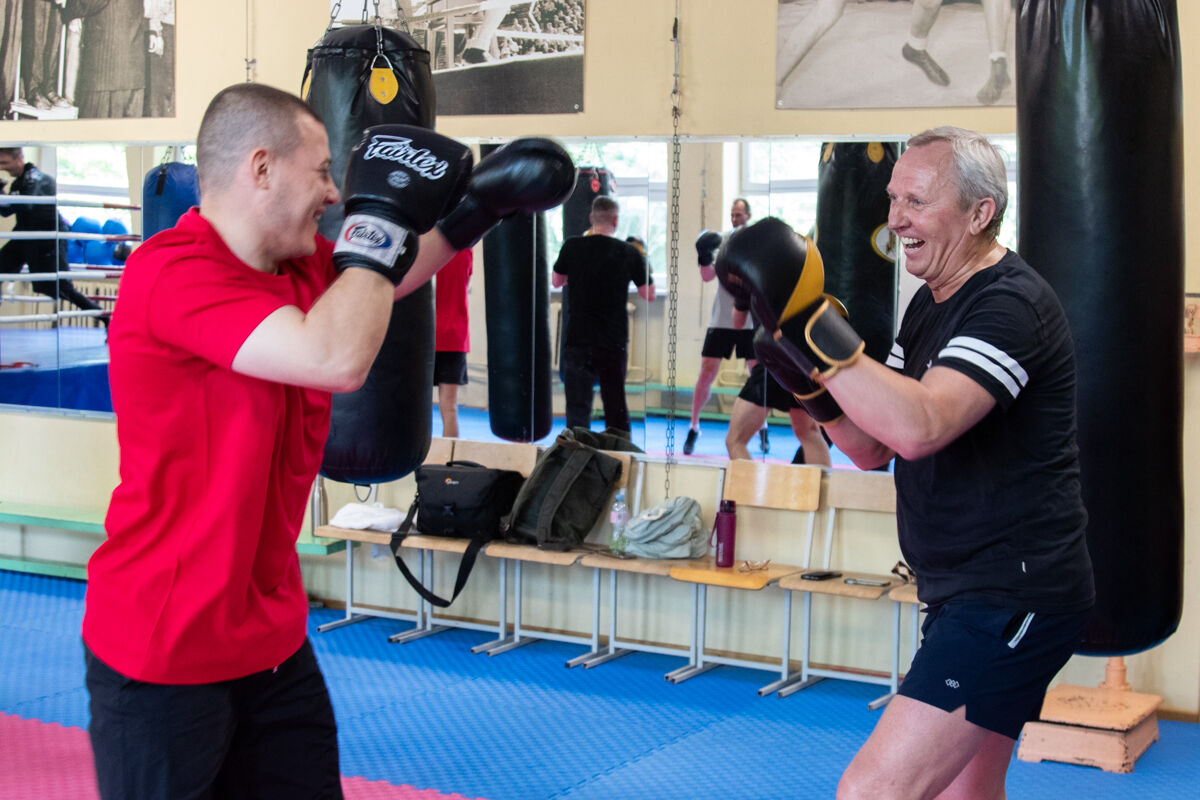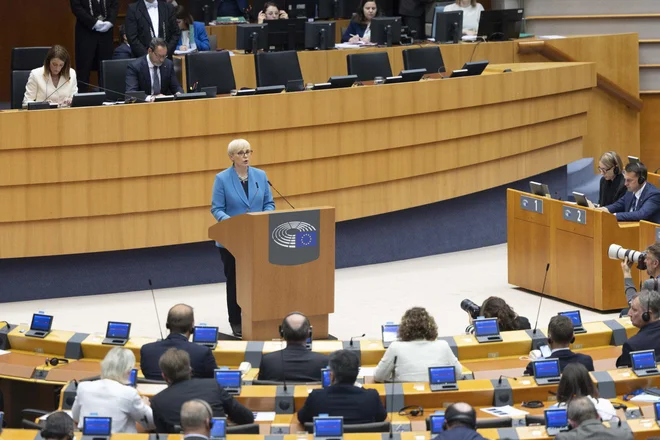NATO states are heading for five percent expenses, they no longer talk about another number

Pellegrini did not dispute the goal either.
Brussels, BRATISLAVA. Member States NATO after arrival Donald Trump They are approaching the new goal of investment in defense, which in March in Brussels presented at that time the new US Defense Minister Pete Hegseth.
Of the original two percent of GDP, the new standard is to become a five percent commitment that the Allies formally confirm at the upcoming Alliance summit, which takes place in the Hague 24-26. June.
NATO Secretary -General Mark Rutte announced on Thursday after the defense ministers meeting in Brussels, announced that there is almost a perfect consensus at five percent, but the Allies still have to negotiate on the final date to which they should increase defense expenses.
« I am very pleased with what I have heard today, » said US Defense Minister Pete Hegseth. According to him, the commitment to invest five percent of GDP in defense should become a reality at the Hague Summit, but admitted that some countries are not yet ready.
Neither Rutte nor Hegseth named them. Five percent investments were also mentioned at a recent meeting in Vilnius, which was also attended by Slovak President Peter Pellegrini. He said in the Lithuanian metropolis that Slovakia will support such a plan, which was subsequently protested by the chairman of the coalition SNS Andrej Danko.
In the article you can read:
- What the allies in Brussels have reported,
- What do the defense spending mean five percent,
- What should be agreed at the NATO Summit in Hague,
- What is not yet agreed.
Defense, Industry and Communication
Five percent of GDP in defense is still only in the design stage, but given the attitude of the US, which has been presented in March, the Alliance is under strong pressure to meet it.
The proposal, with which the Slovak President also agreed in Vilnius, divides the investments into two chapters. The first is « hard » investment in defense capabilities of 3.5 percent of GDP.
Mark Rutte did not specify on the press what capabilities the alliance wants to prioritize, but mentioned air defense, aviation, drones, long -range rockets, ground troops and command structures that need modern technologies.
Although the details did not sound (most of them would still be secret), the German Defense Minister Boris Pistorius declared before the meetingthat Germany will have to extend its armed forces by 60,000 people within the new goals.
The remaining one and a half percent of GDP would be directed to investments related to defense, where the head of NATO appointed transport infrastructure, industrial base, but also the « company’s readiness » to the threat of conflict.
The Alliance must claim not only general consent, but also a procedure to achieve the increase. Rutte admitted that he would have to be gradual, at the same time warning of the « effect of the stick », a line that will rise sharply just before the deadline.
It is also not agreed to what extent and how the percentage of the percentage will be projected by the aid that individual states will provide Ukraine. However, Rutte assured that there was no point in setting up a system that would work to the detriment of the defending country.
The threat of Russia’s attack is seen by allies, president and Direction. Danko has reversed logic Read
They only talk about money
Fulfillment of the US requirement to five percent of GDP is the most visible agenda not only in public but also behind the scenes, He pointed out the EurActiv portal. He writes that the participants of the meeting do not speak almost anything else.
Indeed, the United States shows that they will not be willing to provide security guarantees to states that do not invest in their own defense sufficiently. They demand from Europe to take over a larger part of responsibility. Rutte in Brussels said that Europe and Canada would like to create parity against the US in investing in defense.
The emphasis on money can also be transferred to the Hague Summit, writes EURACTIV, according to which the debate on the percentage overshadowed other important problems.
Who is the threat?
EURACTIV writes that diplomats from the Member States with whom he talked to are still not sure what the final communiqué will look like from the Hague Summit. Uncertainty is mainly evoked by the changing attitude of Washington to RussiaTrump’s reluctance to enter Ukraine into NATO and its greater focus on China.
According to the Council portal, European states would emphasize Russia as the main threat and cause of increased defense investment. The communiqué, which also defines the alliance strategy, is likely to be limited to the lowest common names.
Similarly, there is a risk that Ukraine is on a « irreversible » journey to NATO, which the Alliance agreed at the Washington Summit in 2024.






